
How Science Is Supporting Filipino Fishermen with SEAFDEC
Cris Antonio |
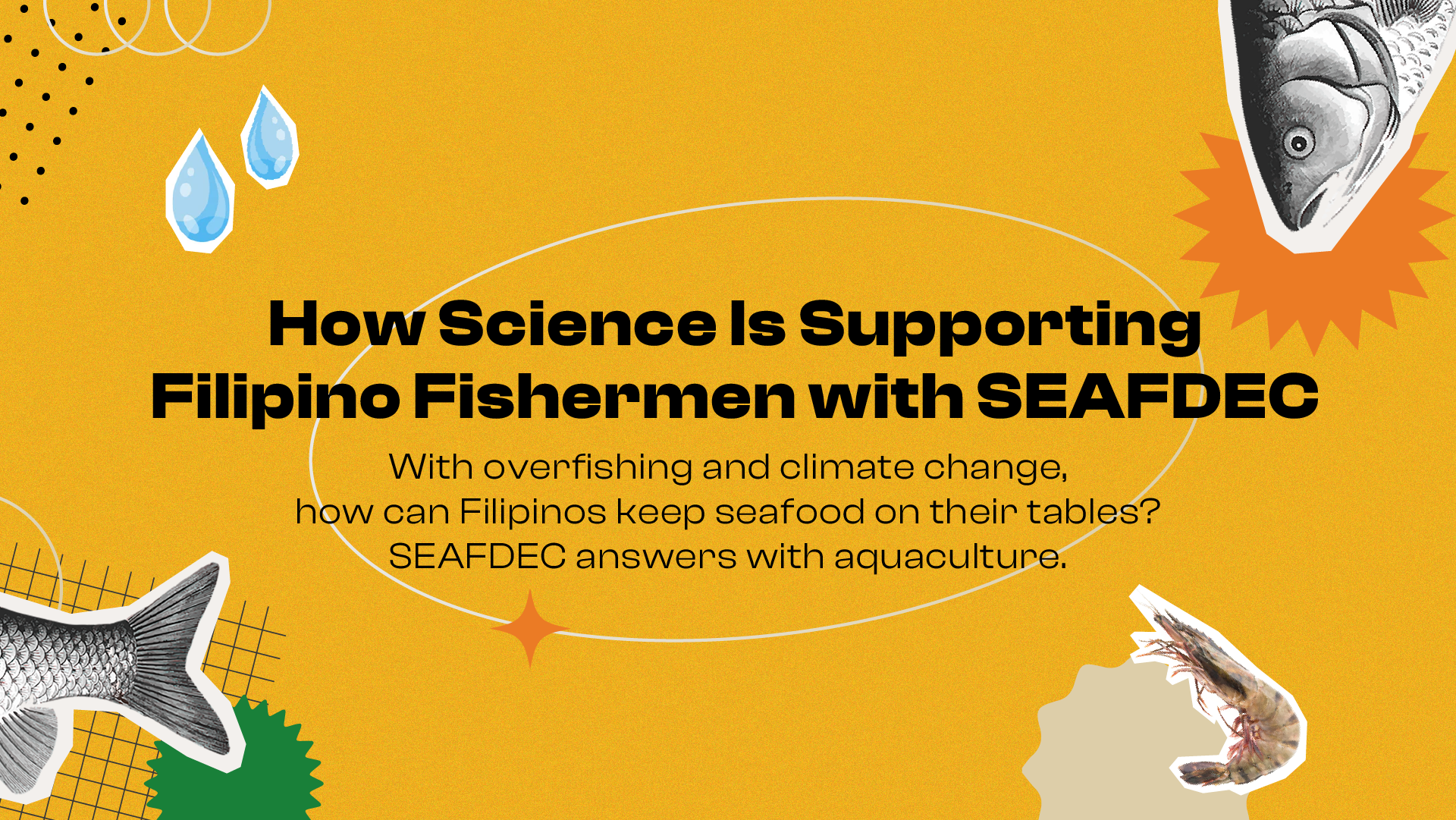
Filipinos love seafood! This is no secret. Whether it’s an everyday fare or for special occasions, you can bet that there’s going to be fish, clams, or shrimp on the menu. Lately though, not only has seafood become more expensive, the varieties sold in markets seem to also be diminishing.
There are different factors at play here. There’s overfishing, climate change, and illegal fishing activities to name a few. With plenty at stake for the Filipino food staple, is there a way to keep our beloved tilapia, hipon, and pusit on our tables?
The State of Seafood
Fish remains to be one of the top five food groups that Filipinos eat (along with rice, vegetables, and meat). Many of us begin our mornings with lamayo, adobong isda, daing na bangus, and kinilaw. However, due to overfishing, a growing population, and illegal fishing practices, our favorite seafood staples are in danger of being depleted.
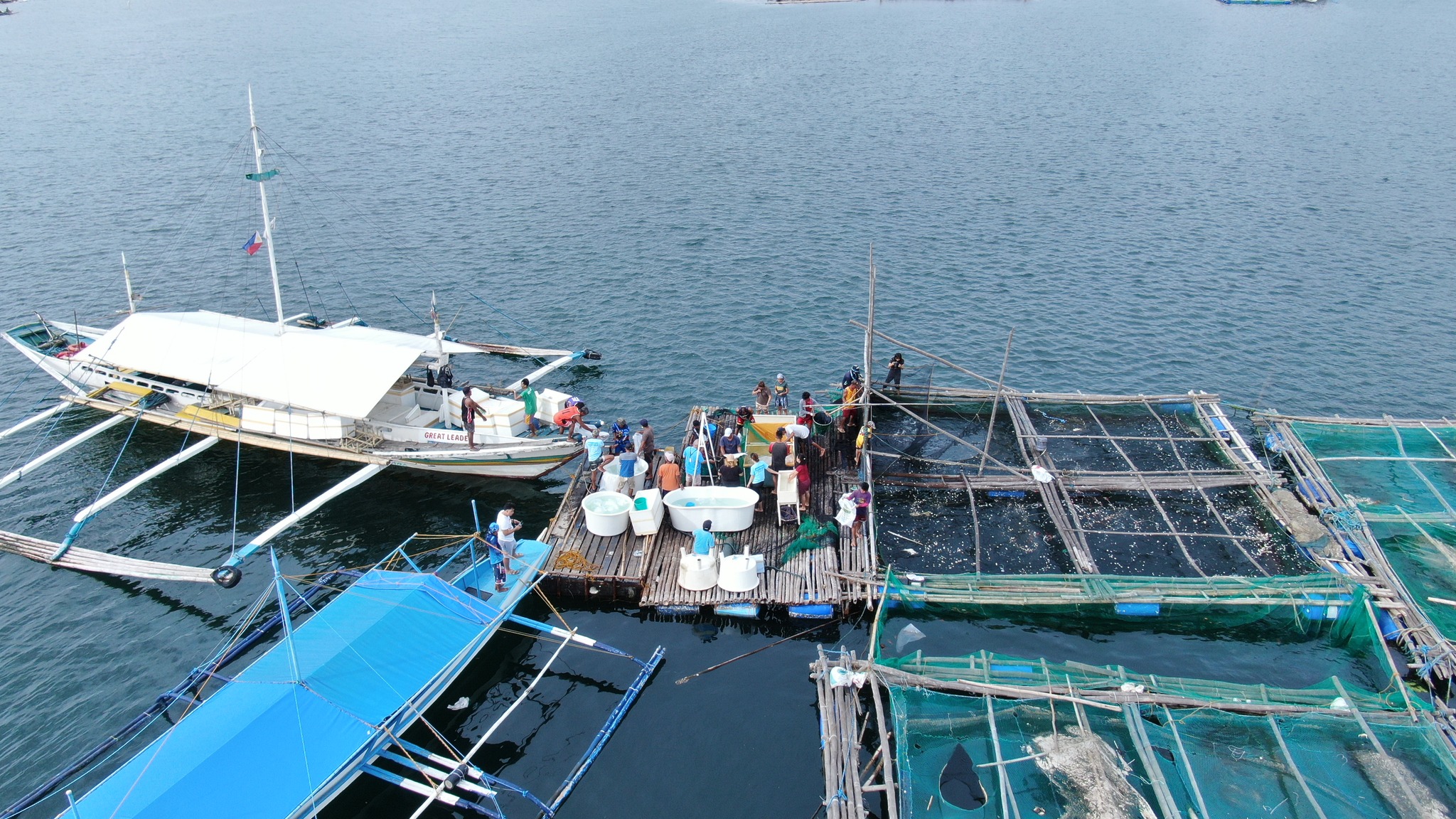
The solution is aquaculture. It’s basically like farming, but in water. Fish farms can supply fish normally found in seas and oceans. But here’s the thing - We don't have enough hatcheries to produce baby fish (fry) and feeds are expensive. Without fry, fisherfolk have nothing to cultivate. And without access to affordable feeds, you can’t successfully grow fry.
“The Philippines is abundant in aquatic resources which, if utilized optimally and responsibly, are capable of sustaining a thriving aquaculture industry. Aquaculture contributed 52.8% of the volume of fisheries output in 2020. By value, this wasworth PHP114-B. If the country had sufficient supplies of seeds and the cost of feeds were reduced, more investments in the sector may be expected. This could lead to more jobs and income.”
We need fish not only because we love it with garlic rice, but also because it’s a great source of essential vitamins and minerals (i.e., omega-3 fatty acids, vitamins A, D, and B2). Fish protein is healthier, too, compared to pork, chicken, or beef. When our aquaculture suffers, so will our fisherfolk and the rest of the Filipino people who rely on this industry.
“…With 110 million Filipinos and at an annual growth rate of 1.3%, there would be 1.4 million more mouths to feed every year. The oceans are already fished beyond capacity. So the aquaculture industry must keep up with the growth in population.”
The Role of Science in Philippine Aquaculture
The good news is that we won’t be alone in tackling fishing problems. The Southeast Asian Fisheries Development Center (SEAFDEC) with its Philippine-based Aquaculture Department (AQD) is working closely with government agencies, as well as universities and fishery schools.

Since their establishment in 1973, they have been able to conduct research, develop technologies, disseminate information, and train people in aquaculture. Today, SEAFDEC/AQD is collaborating with the Department of Agriculture’s Bureau of Fisheries and Aquatic Resources (DA-BFAR) as well as the National Fisheries Research and Development Institute (NFRDI) in various aquaculture projects.
“SEAFDEC is an inter-governmental body, so its primary mandate is to empower government agencies of its member countries. In turn, they will implement these projects that will directly impact their country…”
“Since 2018, new hatcheries and milkfish broodstock facilities have been constructed at the Iloilo headquarters (in Tigbauan) to fast track the production of aquaculture seeds…We hope these new facilities will contribute to the supply of seeds in the country, as well as serve as a model for the multi-species hatcheries that the government will eventually build.”

SEAFDEC/AQD has directly assisted fish farmers through relevant training. To date, SEAFDEC/AQD has provided training to almost 9,000 Filipinos, including government personnel, private fish farmers, fisherfolk, and academics.
“What SEAFDEC/AQD needs is for national government agencies to continue working closely with it towards the development of aquaculture. On the research aspect, the academia could also contribute by collaborating with SEAFDEC/AQD in their work.”
Aquaculture for a Sustainable Future
The teams at SEAFDEC/AQD are well aware of current challenges in ensuring there’s enough fish to go around for every Filipino family:
“Producing more fish is always a challenge - especially with today’s volatile economic situation and the threats of climate change. Generating technologies that are economically sound, socially equitable, and provide climate resilience requires hard work, dedication, and significant provision.”
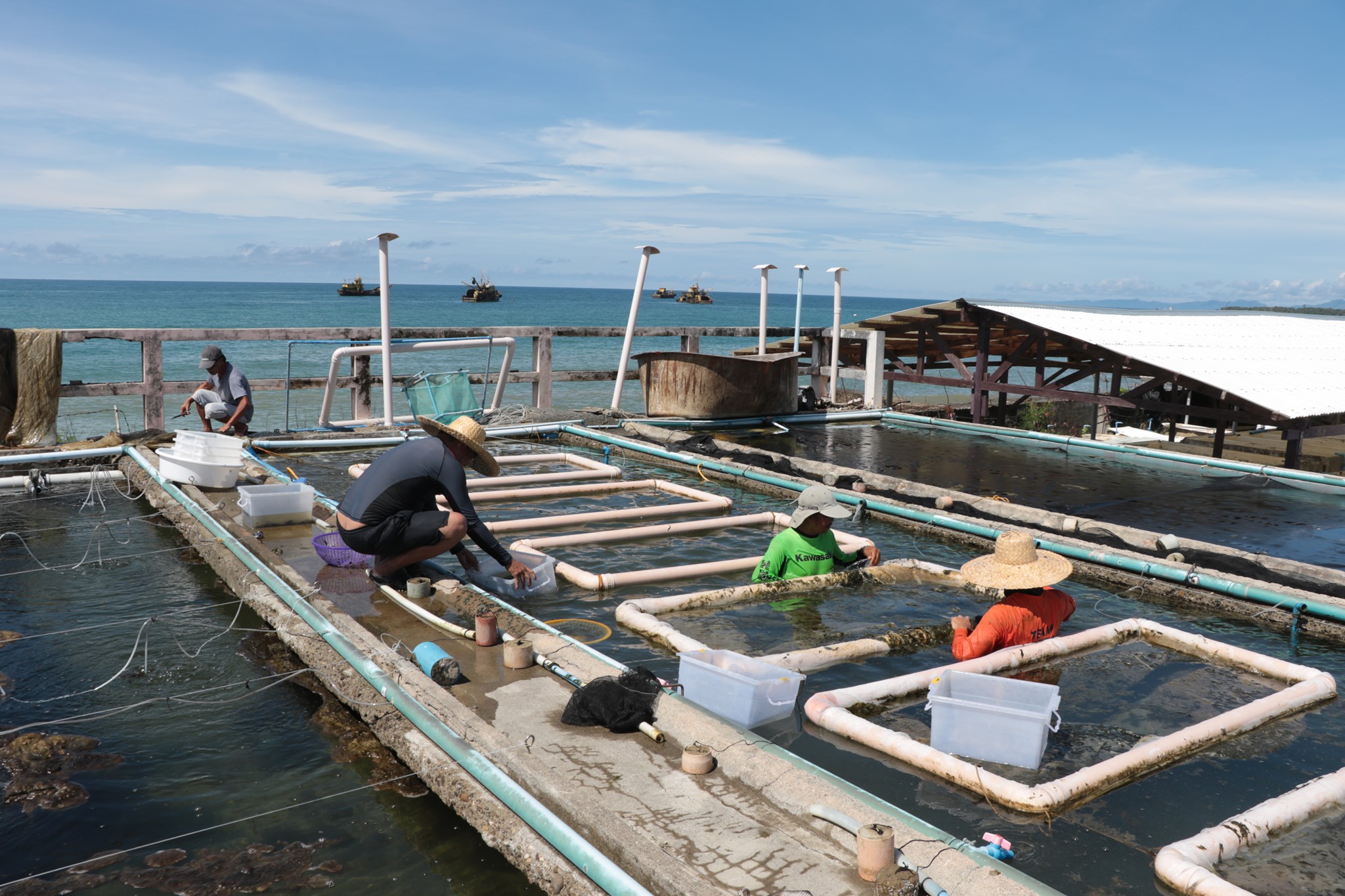
But their efforts are paying off. In 2018, they were able to launch theRegional Database of Alternative Feed Ingredients in Aquaculture. This can help fisherfolk and local authorities to formulate affordable but effective substitute feeds for various kinds of fish. The list is updated as more ingredients are identified and tested. With this database, our fisherfolk won’t have to settle for expensive commercial feeds.
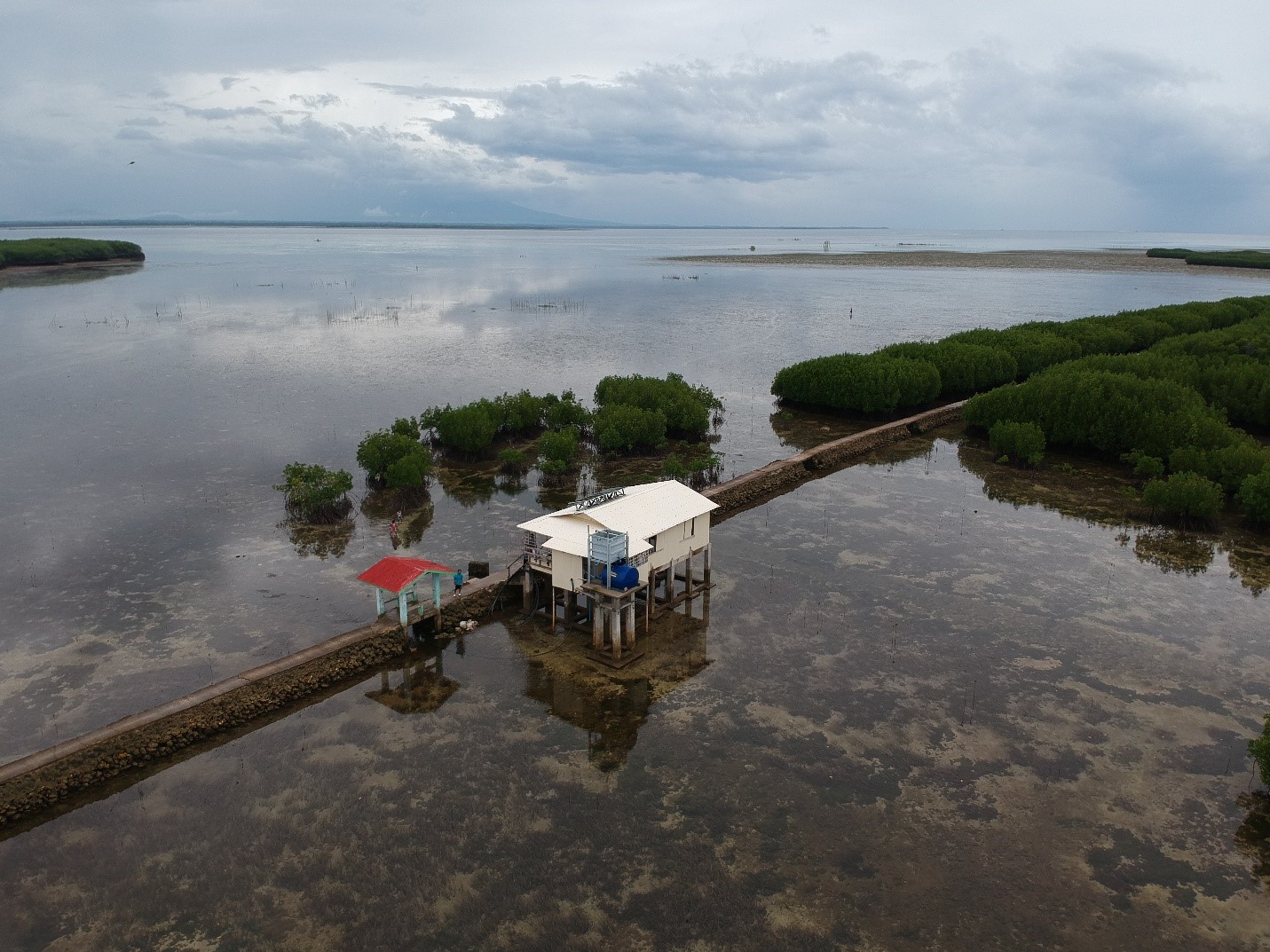
Another successful venture was the sea-ranching project in Barangay Molocaboc, a fishing community north of Negros Island. For 13 years, SEAFDEC/AQD has worked together with Molocaboc fishers and the Sagay City local government to protect and monitor abalone, sea cucumber, and seahorses. By 2017, they were able to harvest live abalone, which they sold to hotels in Manila as well as to exporters in Cebu. In 2019, SEAFDEC was able to turn over the sea-ranching facilities and hatcheries to the Molocaboc Sea Ranchers Association (MOSRA) and the Sagay City LGU.
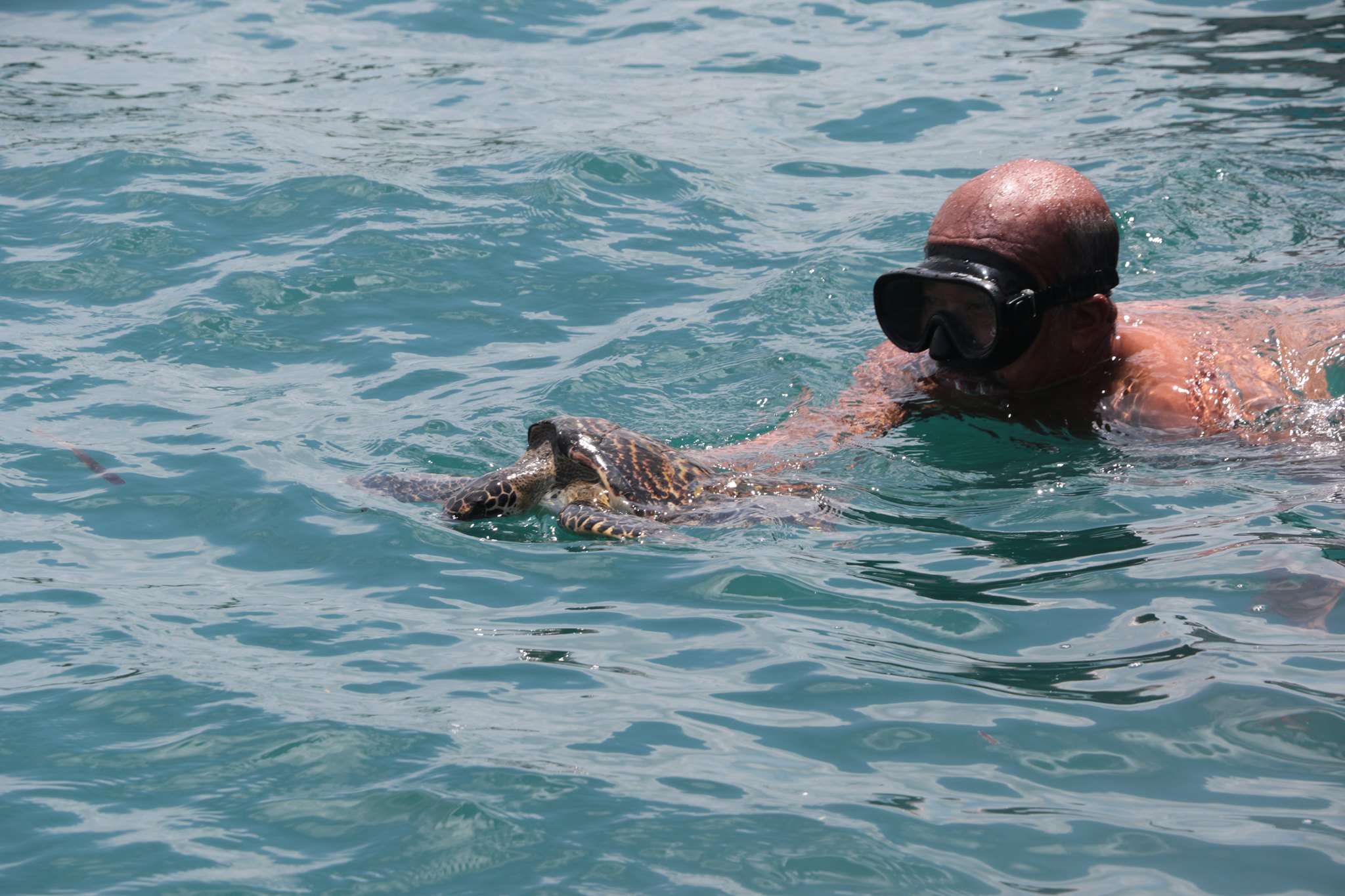
Protecting our aquatic resources is everyone’s responsibility. You don’t have to be an environmentalist to advocate for change and sustainability. Say no to single-use plastic, volunteer for coastal cleanup, and share reliable news on social media. Keep yourself and others informed about how we can take better care of our seas.
“Information influences and mobilizes people. We should know that whatever steps we take to protect our seas will not only benefit us, but also future generations. If we can do that, there will always be delicious and healthy seafood on our tables.”
Want to know more about the projects and partnerships of the SEAFDEC Aquaculture Department? Visit their official Facebook page @seafdec.aqd for details and updates.
WE WANT TO SHARE YOUR STORY. Let’s Collaborate! Don’t forget to SUBSCRIBE to Stories in Studios for more inspiring stories.
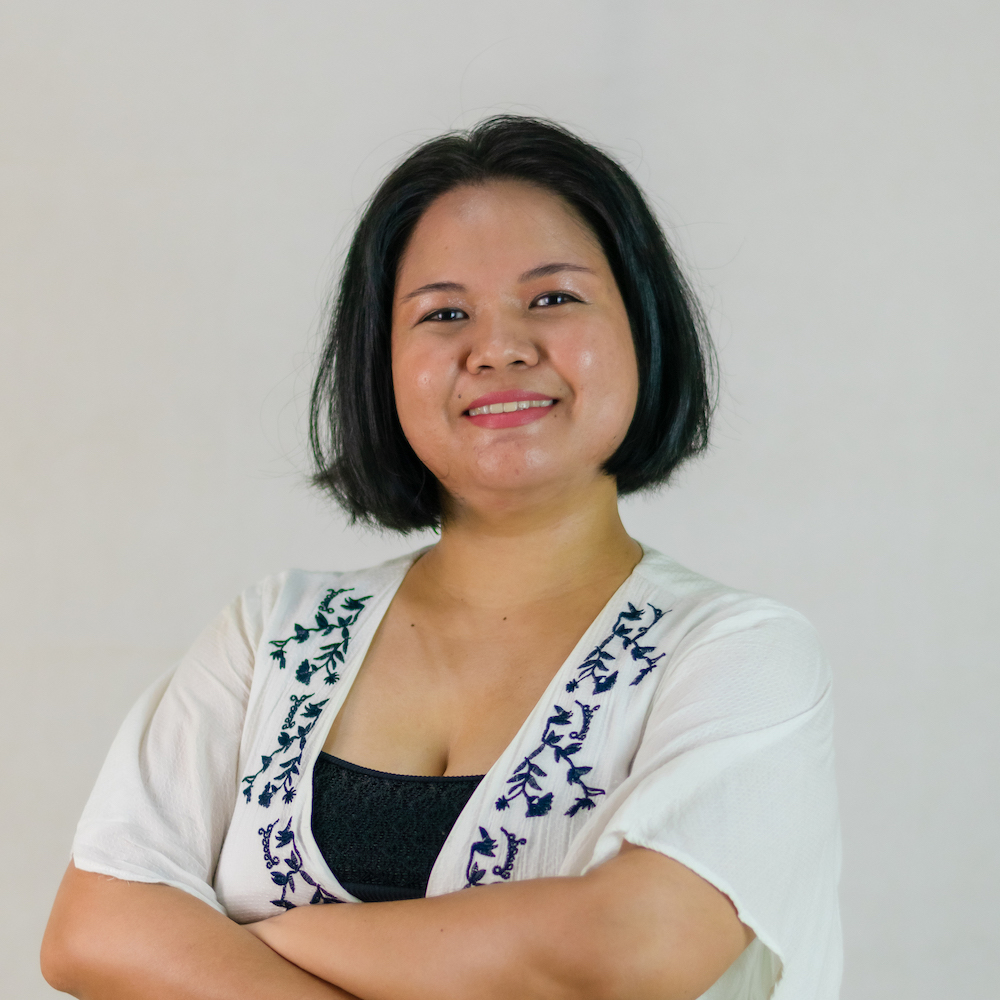
Cris Antonio
Cris Antonio is a freelance Copywriter, Editor, and Speaker. If she’s not writing or editing, she helps business owners and young adults build their presence on the Web.